Avoid this common mistake when recording guitar
Anyone can easily record the guitar in rehearsal room or even in bedroom. The quest for the ultimate guitar sound is where everyone aims, yet it’s very common to be dissatisfied with the sound quality. I will now help you to avoid this common mistake when recording guitar. My writing will help you as a guitarist and recording engineer.
Avoid this common mistake when recording guitar
Music and especially recording is awesome also because there are no limits and rules about anything. You simply have a vast amount of different approaches that lead to various outcomes. Some of them are better and some worse. I now want to help you fix one highly important part which will improve the quality of the guitar recording.
Guitar player and recording engineer are most likely interested in guitar sound and how to capture it the right way. A guitar player who has spent the time on choosing the right gear and fine-tuning the sound will benefit the most. My clear example will help you to avoid choosing the wrong path, leading you to a much more pleasant result.
The sound source á la Endstand
I had the honour of working in studio with the amazing Finnish punk/HC band Endstand several times by the turn of the millennium. Their work-ethics and doing things to the max was something that still sends chills down my spine. Even today I highly appreciate each member of Endstand and admire how cool they sounded both as individuals and especially as a band. I use them as an example when educating bands how they too could sound more aggressive.
Endstand albums, singles and EPs recorded and mixed at Astia-studio
- To Whom It May Concern, album 1999
- Picture Disc, 7″ 2000
- Never Fall Into Silence, album 2002
- Hit And Run, EP 2003
- Burning Bridges, album 2004
- The Time Is Now, album 2006
- Spark, album 2007
I remember how they once arrived to the session immediately after a two-month European tour. I was totally blow away by how solid and tight they played! Ever since then I have recommended each band to go to the studio right after a long tour or several live shows. This way the band melts into as one. They play a lot more solid and tight compared to how they sound after a vacation.
The sound of Endstand was phenomenal! By far one of the best that I have ever heard. The drummer knew how to hit the drums just the right way and the bass sounded aggressive yet solid, something that every this genre bass player should aim for. I didn’t have to ask the vocalist to put more emphasis to the lyrics as Janne delivered every syllable from the bottom of his heart.
Guitar sound á la Endstand
And now we approach the topic of this post; the guitar sound. Both guitar players had a sound that was what you want to hear on the album. I don’t think I had heard such fine-tuned sound ever before. The guitar players had spent the time and money on their gear to choose exactly the right equipment with just the right settings. This was one of those rare moments where you couldn’t even dare to suggest any changes or “improvements”. This is something that I highly appreciate; to have THE sound. The better the sound from the amp in front of the cabinet, the better it sounds on the album.
The sound does not magically get better during the session. Usually it is the opposite. There are many things that can reduce the sound quality, but lets talk about them on another blog post some other time. It is pretty challenging to describe guitar sound verbally as you always need to hear the sound related things to understand them. Yet, I will do my best to describe the factors that made their sound so good.
Many times it’s a disappointment when listening the guitar right next to the amp. The sound isn’t right and I need to adjust the amp eq to improve the frequency balance. Endstand guitar players had their eq and the amount of distortion exactly spot on for their touch and style.
Beginners usually use way too much distortion and this reduces the readability along with the amount touch that is delivered to the listener. Less distortion means you need to play better. With less distortion small mistakes sound like big mistakes. When you master your instrument and know how to play, less distortion will make difference as you will sound more unique. The amount of distortion with Endstand was more like a bit less than too much.
Recording guitar
I have tried all the possible microphone combinations from one mic to a handful in front and around the amplifier. It’s pretty common for the recording engineer to have several microphones in front of the cabinet as that allows to choose the sound during mixing. “Blending is the way to go” was how a recording engineer once educated me about multiple guitar mics when I was mixing an album he recorded. Blending and adjusting the balance between the mics means phase cancellation and that’s something we usually do not want. That is also a great way of recording as you can post-pone the decision making to mixing. Or is it that great after all?
The more choices you leave, the slower the mixing is. There’s also decreased possibility for disappointment when hearing the first version. I always recommend the total opposite: record as ready sound as possible. This way you’ll know how the mix is going to sound and you will minimise the amount of unpleasant surprises. In addition this reduces the amount of processing needed during mixing. The post-production processing usually makes the sound itself worse.
Read more: This Is Why Music Sounds Better When You Process The Audio During Recording
Just one microphone
When you have two or more microphones in front of the guitar cabinet, you’ll make sure that the guitar will not sound the same as how the amp sounds in the recording room. But why even bother recording the guitar as it sounds next to the amp? Why can’t the recording engineer create the guitar sound he likes the best? Who is the real artist and whose music is at stake…
If I had started to adjust the guitar sound of Endstand to my taste they wouldn’t have appreciated it at all. Their guitar sound was the result of years of hard work and fine-tuning everything to the point when they were satisfied. In such situation the recording engineer should keep his ideas to himself. Using more microphones would have caused the recorded sound to be different compared to how the amp sounds in the recording room. So I ended up using one microphone which was and still is a Shure SM58 with the grill removed. The decades of use seems to be visible on the photo above…
Half a metre from the speaker
Move the microphone approximately half a metre away from the speaker. This way you will capture the sound of the amp as it is when you play in front of it. Please note that when miking a 4×12″ cabinet, the lower speaker elements usually sound more dark due floor reflection. This is why I mostly aim the mic to the top instead of the bottom speaker element. You should not compete about frequency territory with the bass.
If despite using this method the guitar does not sound the same as when you listen it in the recording room, I do not recommend to fix it with mixing console eq and plugins. Pay attention to the possible problem before you start recording. Did you know that by moving the microphone sideways you can affect the tone and make the sound more bright or dark? The sound is more bright when you aim the microphone to the very center of the speaker element. I’m not talking about the center of the cabinet, but the speaker element. If in the control room the guitar sounds too bright, you can move the mic a bit to the side making the sound more dark.
This would be so easy to do using an eq, but the more eq on the mixing console or plugin you use, the worse the sound. Spend the time to adjust the sound as close to the mixed sound as possible before recording. Capture the guitar using just one microphone and, if needed, adjust the tone by moving the mic sideways a bit.
How long should I tweak the guitar sound?
I’ve done sessions where the recording engineer and guitar player(s) move the microphone and tweak the amp for hours. On such sessions I have noticed how just after 15 minutes everyone involved gets “blinded by the sound”. This blindness of the ear tends to lead to both the guitar player and the recording engineer making bad decisions. Moving the microphone one millimetre this way and another that way never ends. Soon it is impossible to comprehend what sounds good and what does not.
You’ll notice this situation only with experience. It’s when you think you know what to do and what to adjust, yet being “blinded by the sound” leads you to the opposite direction. The badness is usually revealed somewhere along the session or latest at home.
This has lead me to the following solution. Once the amp sounds great in the room, I’ll spend maximum of 5 minutes tweaking the guitar sound. Usually it’s all done in half a minute. Many guitarists are baffled how their guitar can sound exactly the same in both the recording room and control room. Their amazement is kinda strange as isn’t this exactly where you should aim when it comes to recording guitar and all other instruments as well?
Mike it
Miking for live shows needs a different approach and this blog post is only about the studio environment. So do your best to avoid the common mistake when recording the guitar; do not place the microphone touching the cabinet. Or even worse use several mics all touching the cabinet. Miking robot is a nice toy for the lazy people. My opinion is that such devices have nothing to do with professional audio engineer placing the microphone.
Use one mic approximately half a metre away from the cabinet. Move the microphone sideways to fine-tune the brightness/darkness of the sound. This is the way to record your amp as it sounds when you play right next to the amp.
Please note that the acoustics of the guitar recording room affects the sound. Even more so the further the microphone is from the cabinet. The surface material of the room is highly important. Spacious and reverbrating room isn’t that bad at all once you get used to the idea of the natural sound. A guitar player who has spent a lot of time adjusting his sound and tone will highly appreciate this tip!
Read more: How To Improve Guitar Sound pt. 1
How to improve recording guitar
Thank you very much for reading my tip on how to avoid a common mistake when recording the guitar. From the bottom of my heart I hope you will put a lot of effort on how your amp sounds and to the recorded sound. This will make your recording experience a lot more enjoyable. It is highly rewarding when you record a guitar sound that does not need any additional processing. This is when you know that as a guitar player you have found the sound that suits you the best!
If this post was helpful, please share it on social media. This way you will help your friends to benefit from the information.
I cannot wait to reply your questions and comments so please do leave them below. To hear your guitar in great detail reserve a full analog tape recording session with me at Astia-studio by clicking here. Thank you very much and all the very best!
Astia-studio is a full analog recording studio located in eastern Finland with 25 years of experience. Bands and artists from all over the world including USA and the furthest corner of Russia, Vladivostok have arrived to us for tape recording sessions.
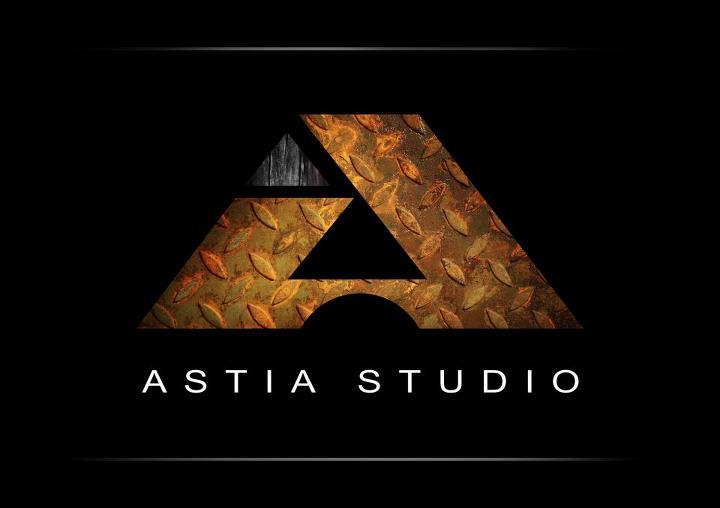

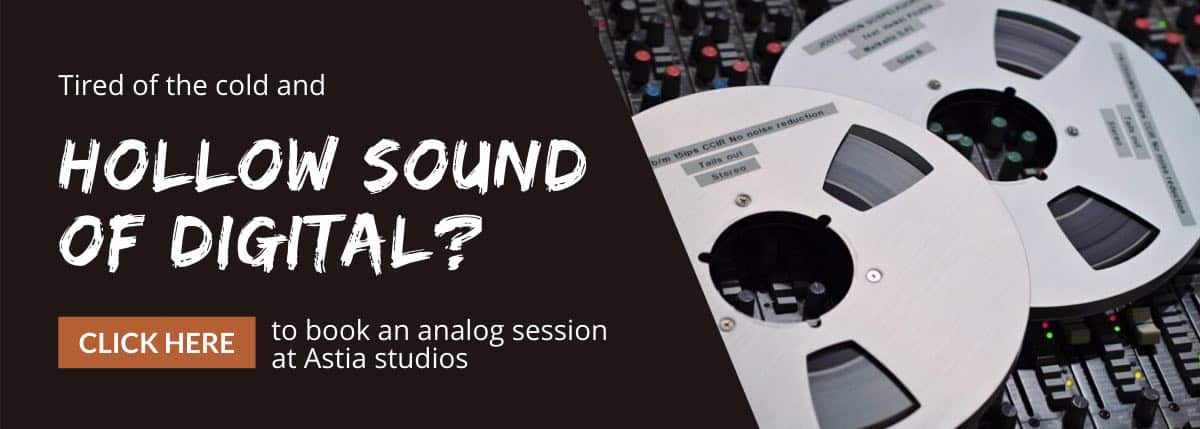
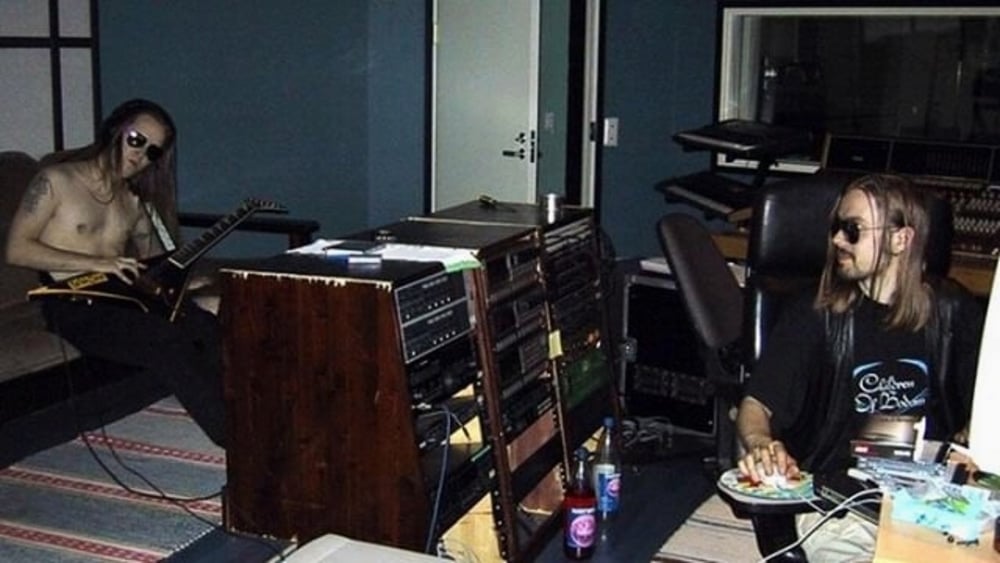
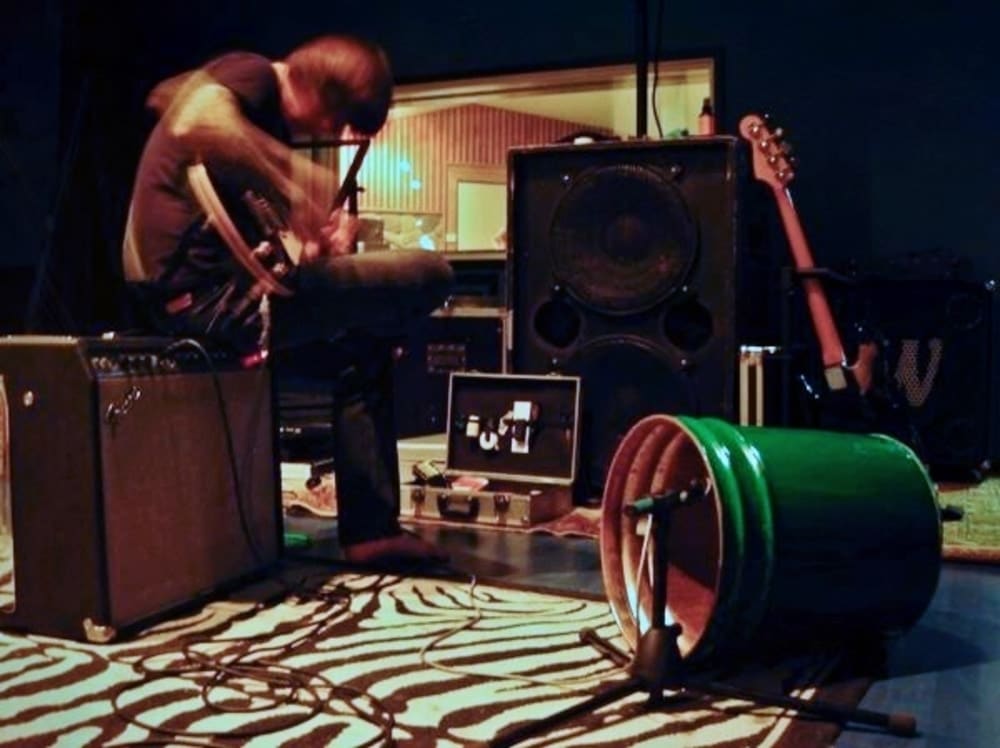


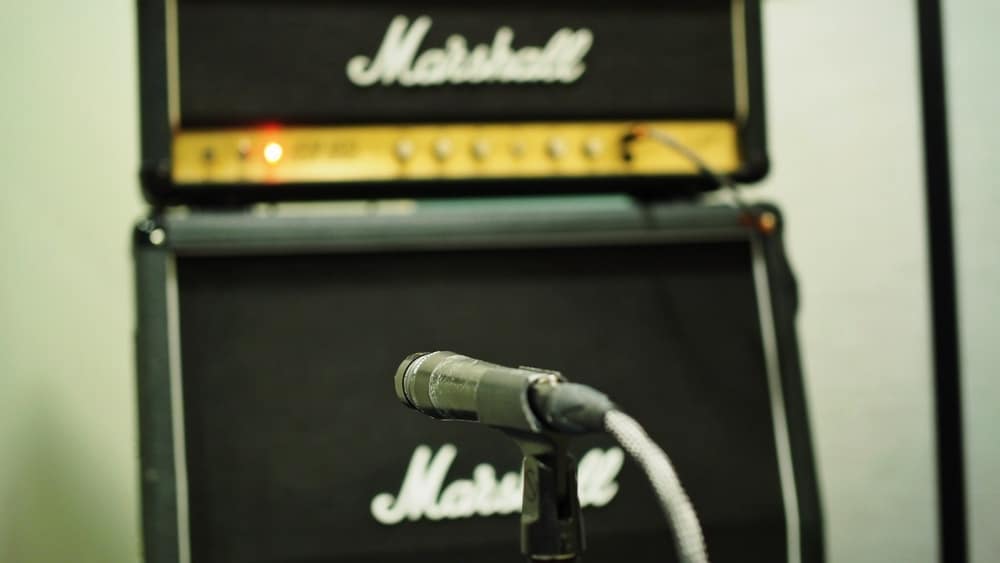

22/10/2020 @ 9:43 pm
I must say big thanks for writing these. I’m not gonna post all of them, but I hope my gratitude get to you.
Thank you.
26/10/2020 @ 12:29 pm
Thank you very much Markus. ? Kaikki kirjoitukseni ovat luettavissa myös suomeksi. Englanniksi olevat versiot ovat vapaita käännöksiä, joten joskus niissä on hieman erilainen sisältö. Kesällä jätin ajan puutteen takia englanninkielisen blogini tauolle, joten uusimmat kirjoitukset löytyvät vain kotimaiselta puolelta.
Mukavaa viikkoa ja kaikkea Hyvää! ?⭐️